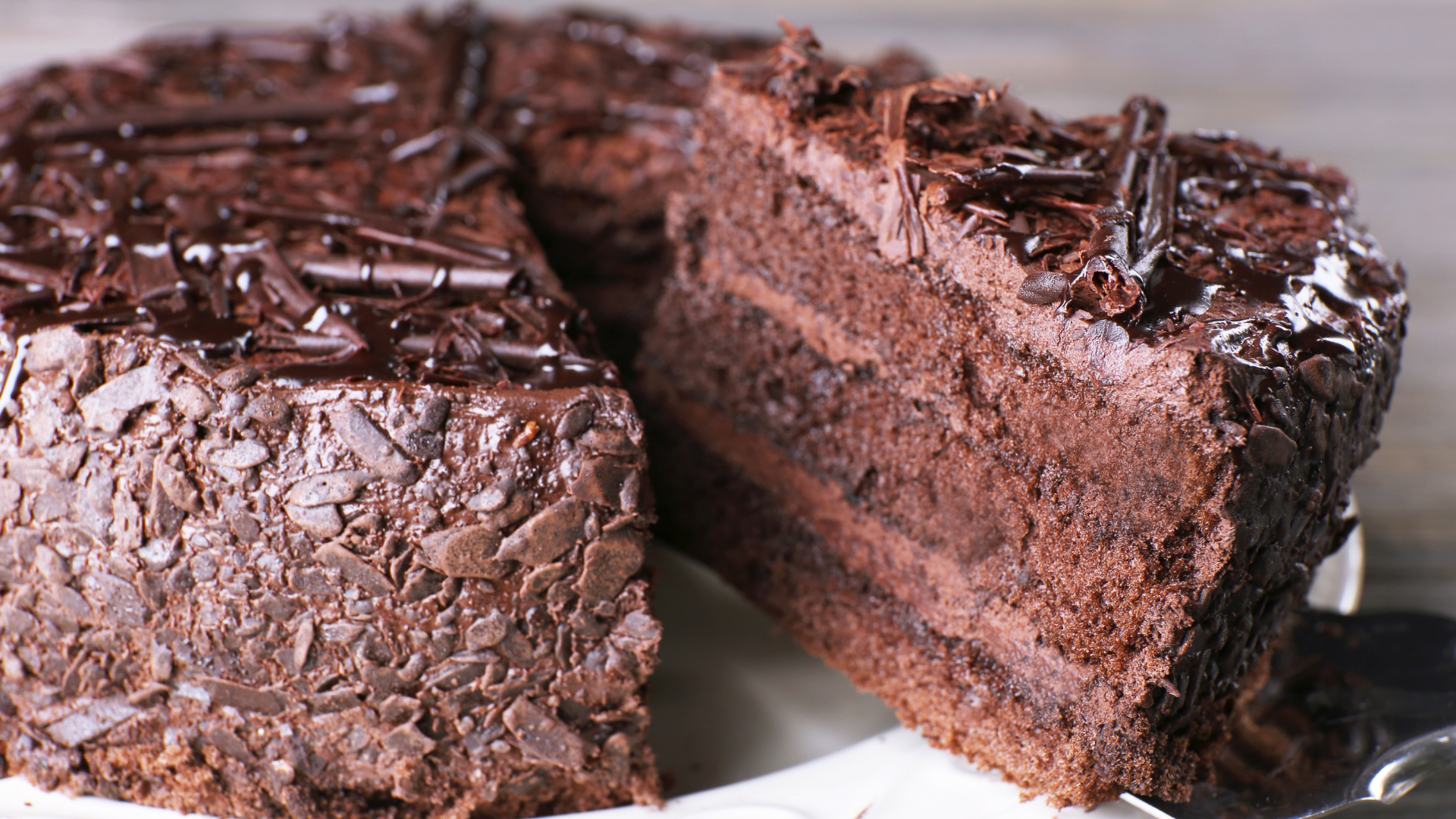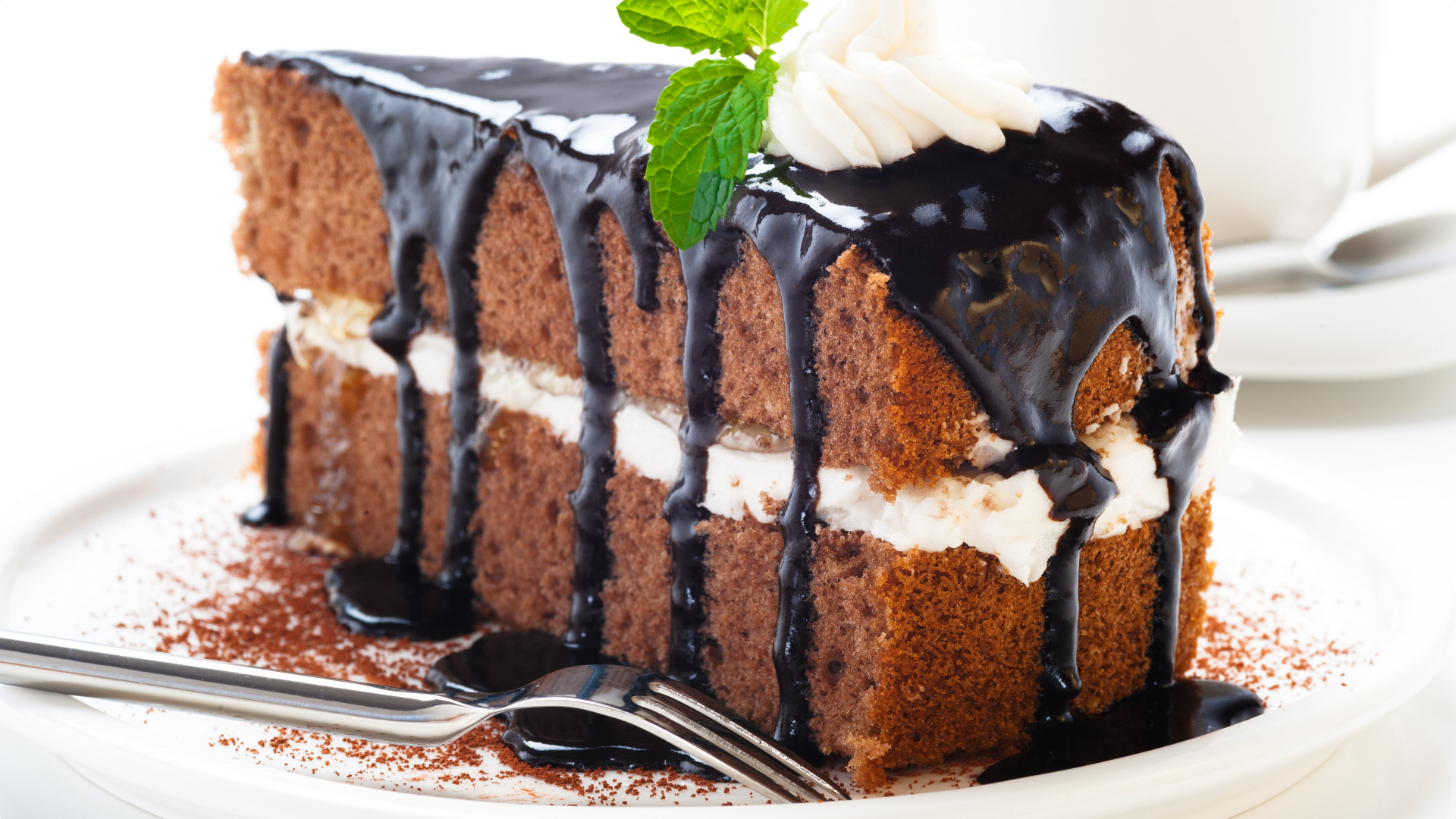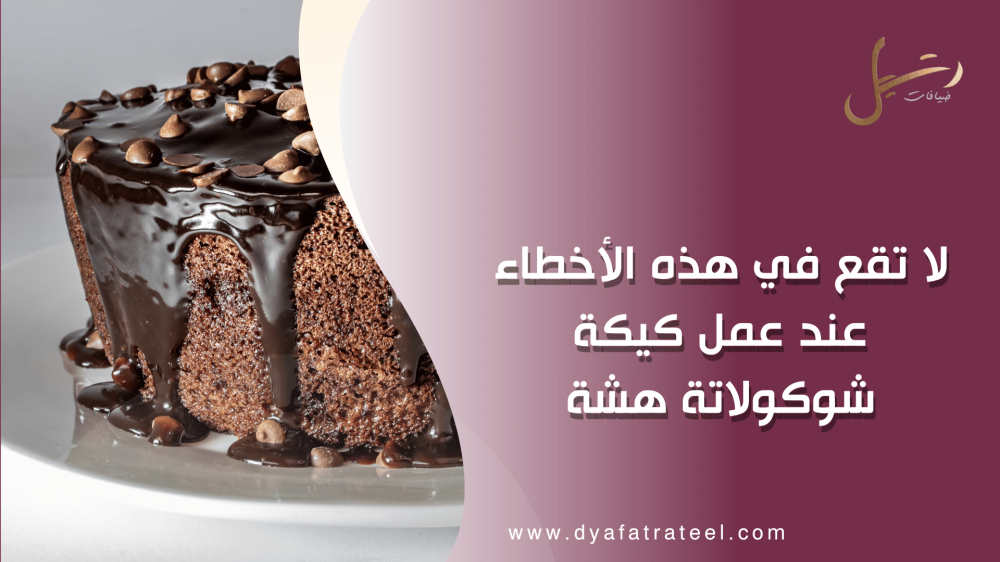Don't Make These Mistakes When Baking a Fluffy Chocolate Cake
Chocolate cake is one of the most beloved desserts for both kids and adults. But how often have you tried baking one at home, only to end up with a dry texture, flat shape, or an unbalanced taste?
In this guide, we’ll walk you through the most common mistakes people make when baking a fluffy chocolate cake—and how to avoid them. Whether you’re a beginner or a seasoned baker, these golden tips will help you achieve a moist, airy, and rich-flavored chocolate cake every time.
1. Using Expired or Stale Ingredients
Old baking powder won’t give your cake the rise it needs. Stale butter or poorly stored cocoa can also alter the flavor.
Tip:
Always check the expiration date on your leavening agents. Smell and taste your butter and cocoa before use.
2. Inaccurate Measurements
Baking is a science. Even a slight mismeasurement—especially of flour or cocoa—can ruin the texture.
Common mistake:
Using a teacup instead of a proper measuring cup (240ml standard).
3. Overmixing or Undermixing
Overmixing activates gluten, leading to a dense cake. Undermixing leads to lumps and uneven texture.
Golden Rule:
Mix until just combined—no more, no less.
4. Using Cold Ingredients
Cold eggs or milk make the batter separate or curdle, affecting the rise and consistency.
Fix:
Let all ingredients reach room temperature before mixing.
5. Skipping the Sifting
Cocoa powder tends to clump, and flour can be lumpy too. Unsifted dry ingredients lead to uneven texture.
Pro Tip:
Sift the flour and cocoa together twice for a smooth, airy batter.
6. Not Preheating the Oven
A cold oven means poor rise and uneven baking.
Essential:
Preheat your oven to 180°C (356°F) at least 10 minutes before baking.
7. Opening the Oven Too Soon
This sudden drop in temperature causes the cake to collapse in the center.
Advice:
Avoid opening the oven for at least the first 30 minutes of baking.
8. Wrong Pan Size or No Greasing
Using a pan that’s too large or small affects baking. Forgetting to grease means your cake will stick.
Solution:
Use a standard 8- or 9-inch round pan, and grease it well with butter and dust it with flour or cocoa.

9. Not Checking for Doneness
Taking the cake out too early results in a raw center.
How to check:
Insert a toothpick in the middle—if it comes out clean, it's done.
10. Rushing the Cooling Process
Decorating or slicing a hot cake causes breakage and melted frosting.
Step:
Let it cool in the pan for 10 minutes, then transfer to a wire rack to cool fully.
11. Using the Wrong Type of Cocoa
Cocoa quality affects both taste and texture. Also, natural and Dutch-processed cocoa behave differently in baking.
Tip:
Use high-quality cocoa suitable for baking. Follow your recipe’s cocoa type exactly for best results.
Bonus Tips for Moistness
- Add yogurt or sour cream to the batter for extra moisture.
- Use brown sugar for a deeper flavor and more softness.
- Replace butter with oil (or a mix of both) for a moister cake.
Common Questions (FAQs)
Q1: Why didn’t my cake rise?
Expired baking powder, overmixing, or opening the oven door too early are common culprits.
Q2: How can I make my cake moister?
Add yogurt or brown sugar, avoid overbaking, and reduce flour slightly.
Q3: Can I use oil instead of butter?
Yes! Oil adds more moisture. A mix of both gives moisture and flavor.
Q4: Can I make it without eggs?
Yes, use 1/4 cup of yogurt or 1/2 mashed banana per egg.
Q5: How long should I bake a chocolate cake?
35–45 minutes, depending on your oven and pan depth. Always test with a toothpick.

Final Thought
Baking the perfect chocolate cake isn’t magic—it’s about mastering the small details. Every mistake mentioned here is a step toward improvement. Follow these tips and your next cake will be light, moist, rich, and simply unforgettable.




